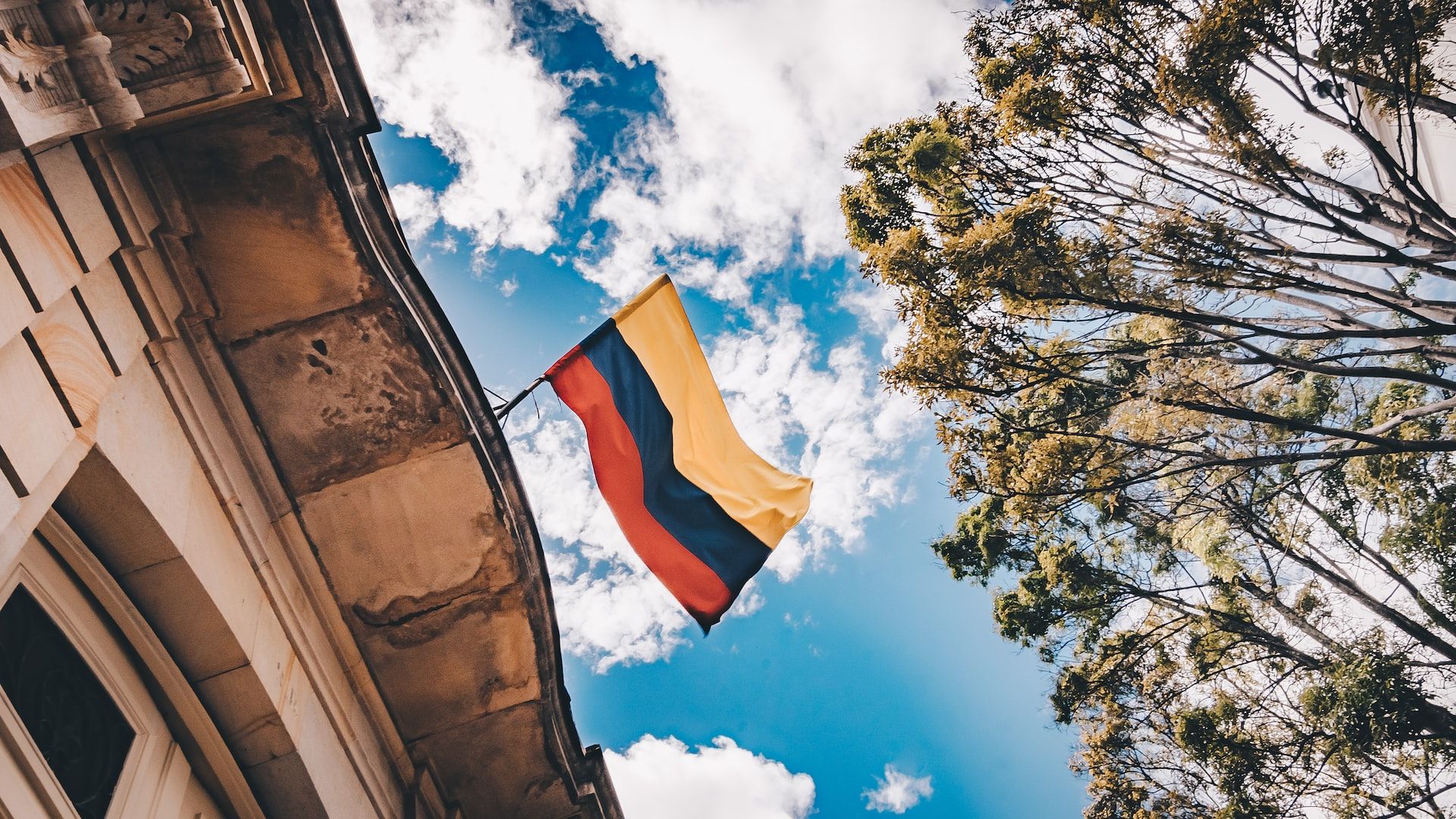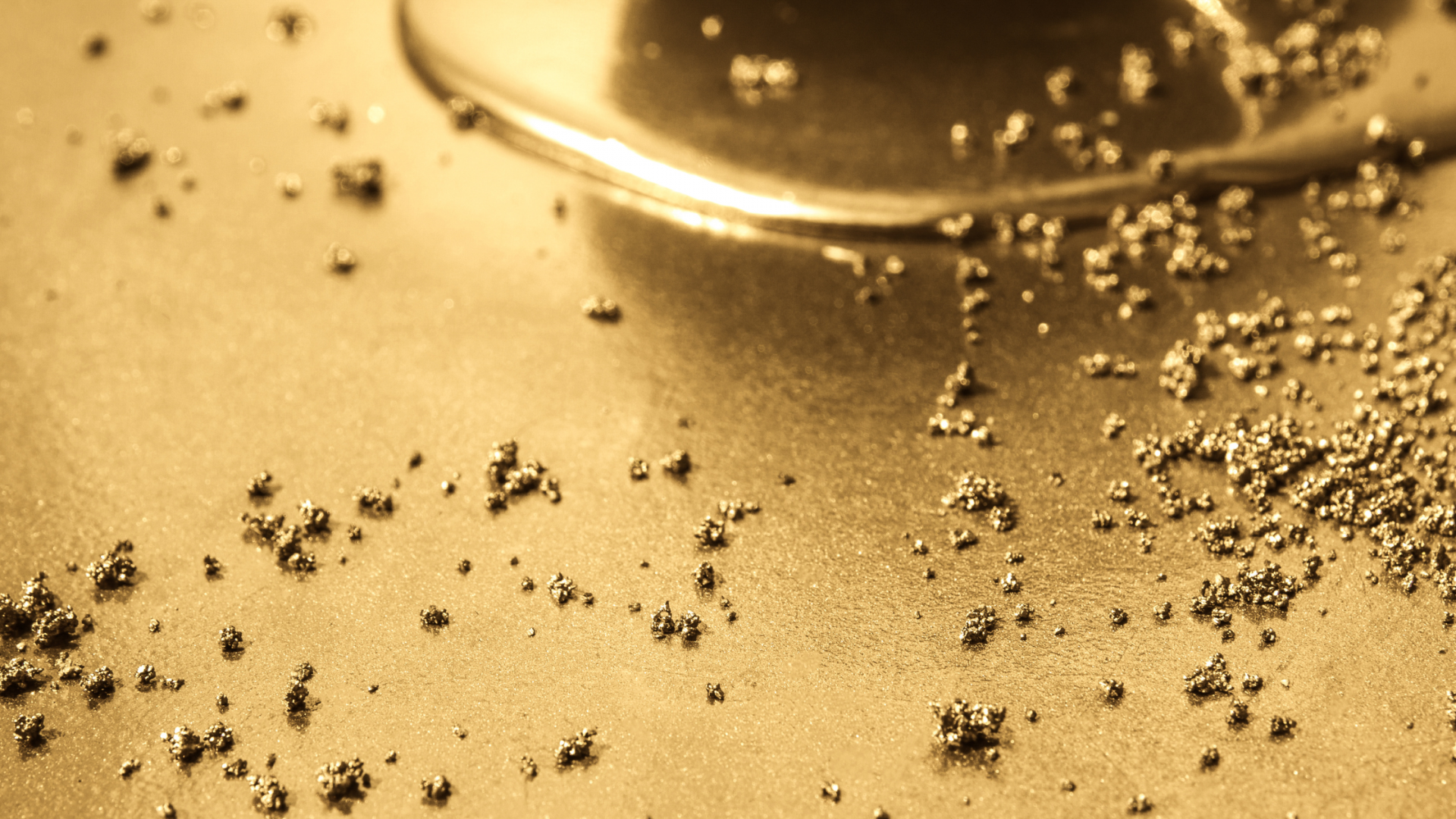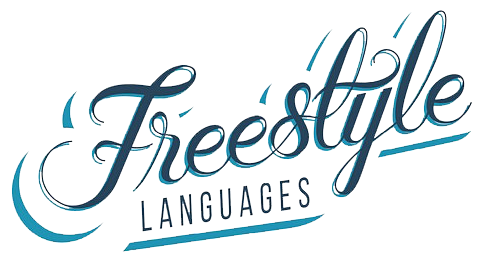Shayna Stewart, Spanish and English Instructor
Museum Culture Series: Bogatá, Colombia
Freestyle believes that speaking, reading, writing, and listening comprise the most essential skills needed to truly acquire a language. However, we also believe in a 5th skill: Culture. Culture is crucial to acquiring a language and being able to use it as it is actually spoken in the world.
The next museum on our Museum Series tour takes us to a place that has quite literally put gold in everything they do. The Gold Museum or el Museo del Oro, located in Colombia’s Andean capital, Bogotá, boasts the largest collection of pre-hispanic gold artifacts in the WORLD.
The next museum on our Museum Series tour takes us to a place that has quite literally put gold in everything they do. The Gold Museum or el Museo del Oro, located in Colombia’s Andean capital, Bogotá, boasts the largest collection of pre-hispanic gold artifacts in the WORLD.
On a tour through the museum, visitors will learn how gold was – and still is to many indigenous cultures – linked to the sun. It was seen as one of the highest expressions of religious and political power. If you're looking to be truly dazzled, don't miss the Gold Room exhibition hall, where over 12,000 golden objects are displayed in low-light conditions that make them appear to sparkle and shine.
One of the most impressive pieces has led to the creation of a myth that has surpassed time. Many of us have heard the story of El Dorado, the fabled land in South America that was said to actually be made of gold. After hearing rumor after rumor of gold spoils so abundant, Spaniards of the 16th century launched an assault to find this gold-laden city. Modern history tells us that El Dorado didn’t exist, but the story does have some grains of truth in it.
One of the most impressive pieces has led to the creation of a myth that has surpassed time. Many of us have heard the story of El Dorado, the fabled land in South America that was said to actually be made of gold. After hearing rumor after rumor of gold spoils so abundant, Spaniards of the 16th century launched an assault to find this gold-laden city. Modern history tells us that El Dorado didn’t exist, but the story does have some grains of truth in it.

Empty space, drag to resize
It’s believed that once a year a chief from the Muisca people would completely cover himself in gold adornments – including gold dust – from head to toe. He would then ride a golden raft into Laguna Guatavita and throw in offerings of metal sculptures and other precious stones. The story of this ceremony spread far and wide and became the epicenter of this legendary fable. El Dorado, or ‘the golden one’, is said to be a reference to this chieftain and to this ritual. Even though there was no city of pure gold, the real golden raft can be found on display at el Museo del Oro.

Empty space, drag to resize
Not only does the Gold Museum exhibit an impressive collection of gold artifacts, but it also showcases pieces made from other metals such as copper, silver, and platinum. These diverse materials highlight the remarkable metallurgical expertise of many indigenous groups, dating back as far as 1500 years before the Spanish invaded the Americas. With the right perspective and a keen interest in history, visiting el Museo del Oro becomes an unforgettable experience and one of the most fascinating places to visit in Colombia.
Un poquito de español
While the museum is fully bilingual, here are some useful phrases to help you make the most of your visit and fully immerse yourself in the experience:
¿Cuánto es la entrada? = How much is the entrance fee?
Me gustaría una entrada, por favor.= I would like a ticket please.
¿Aceptan pago con tarjeta? = Do you all accept payment by card?
¿Cuánto es la entrada? = How much is the entrance fee?
Me gustaría una entrada, por favor.= I would like a ticket please.
¿Aceptan pago con tarjeta? = Do you all accept payment by card?
To keep practicing the fifth skill, stay tuned for the next installment of our Culture Series: Museums, where we keep exploring Latin America’s must-see museums. Want free resources to learn more Spanish? Click here.
About the Author: Shayna Stewart
Shayna started her journey abroad living in the Caribbean where she began to learn Spanish to communicate with the multilingual community that surrounded her. From there, she traveled further South through Central and South America, not stopping until she reached Buenos Aires, Argentina where she received her CELTA certification. Already holding a B.A. in Anthropology from Oregon State University, her English teaching certificate allowed her to not only pick up pieces of all the places she visited, but now she could offer something useful to those she met along the way.
Learn more
Shayna started her journey abroad living in the Caribbean where she began to learn Spanish to communicate with the multilingual community that surrounded her. From there, she traveled further South through Central and South America, not stopping until she reached Buenos Aires, Argentina where she received her CELTA certification. Already holding a B.A. in Anthropology from Oregon State University, her English teaching certificate allowed her to not only pick up pieces of all the places she visited, but now she could offer something useful to those she met along the way.
Learn more
Freestyle Languages
Language learning your way.
